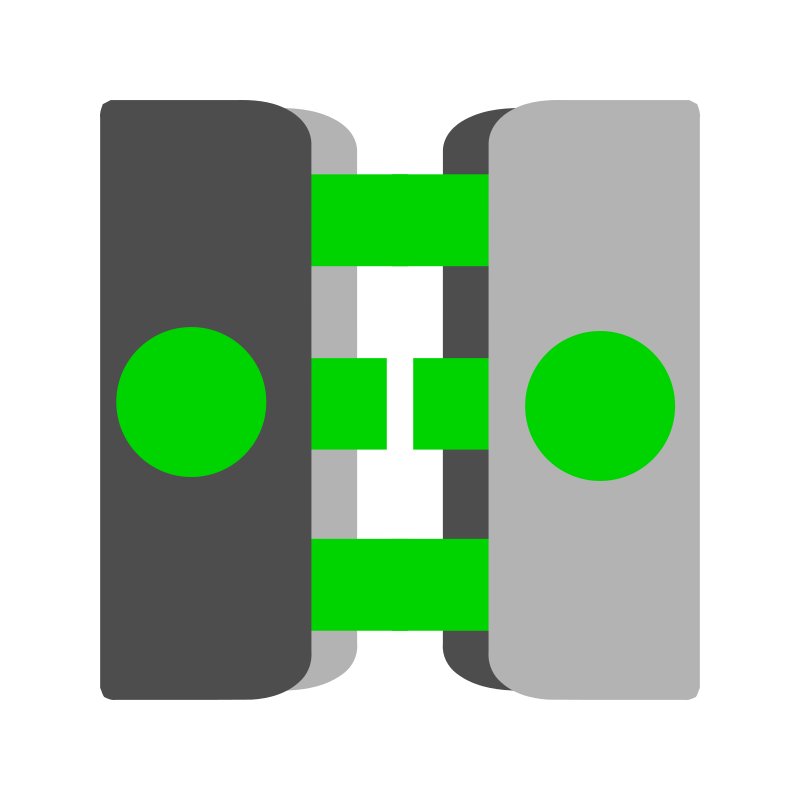Capitalization and Punctuation in English
Capitalization and punctuation are essential for clear and correct writing in English. They help readers understand meaning, separate ideas, and follow the flow of sentences. Mastering these rules improves both writing and reading comprehension.
What is Capitalization?
Capitalization means using uppercase (capital) letters at the beginning of certain words.
It signals importance, starts sentences, and follows specific rules in English.
- The first word of every sentence: 'She is happy.'
- Proper nouns (names of people, places, organizations): 'London', 'John', 'Microsoft'
- Days, months, holidays: 'Monday', 'January', 'Christmas'
- Titles when used with names: 'Dr. Smith', 'President Lincoln'
- The pronoun 'I' is always capitalized.
Capitalization Rules
Capitalize the first word of a sentence.
Capitalize proper nouns and adjectives derived from them (American, Shakespearean).
Capitalize days, months, holidays, but not seasons (spring, summer).
Capitalize titles when used with names, but not when used alone (the president, President Obama).
Capitalize the pronoun 'I'.
| Rule | Example |
|---|---|
| First word of sentence | The sun rises in the east. |
| Proper noun | Sarah visited Paris. |
| Title with name | Professor Green teaches math. |
| Days and months | We met in July on a Friday. |
| Pronoun 'I' | I am learning English. |
What is Punctuation?
Punctuation marks are symbols that organize and clarify written language.
They show pauses, separate ideas, and indicate tone or emotion.
- Period (.) ends a sentence.
- Comma (,) separates items or clauses.
- Question mark (?) shows a question.
- Exclamation mark (!) shows strong feeling.
- Colon (:) introduces a list or explanation.
- Semicolon (;) joins related sentences or separates items in a complex list.
- Quotation marks (" "), apostrophe ('), parentheses (()), dash (—), hyphen (-).
Common Punctuation Marks and Their Uses
Each punctuation mark has specific rules and uses.
| Mark | Use | Example |
|---|---|---|
| Period (.) | Ends a statement. | She likes music. |
| Comma (,) | Separates items, clauses. | I bought apples, oranges, and bananas. |
| Question mark (?) | Ends a question. | Where are you going? |
| Exclamation mark (!) | Shows strong feeling. | Wow! That's amazing! |
| Colon (:) | Introduces a list or explanation. | He needs: paper, pens, and books. |
| Semicolon (;) | Joins related sentences. | She is tired; she worked all day. |
| Quotation marks (" "), apostrophe ('), parentheses (()), dash (—), hyphen (-) | Various uses in speech, possession, grouping, interruption, and compound words. | 'It's John's book.' / She said, 'Hello.' / The well-known author. |
| Ellipsis (...) | Shows omission or pause. | He was thinking... but said nothing. |
Punctuation Rules
Use a period at the end of a statement.
Use a comma to separate items in a list, after introductory words, or to join clauses.
Use a question mark at the end of a direct question.
Use an exclamation mark to show strong emotion or command.
Use a colon before a list or explanation.
Use a semicolon to join two related independent clauses.
Use quotation marks for direct speech or quotations.
Use an apostrophe for possession or contractions.
Use parentheses to add extra information.
Use a dash to indicate a break or interruption.
Use a hyphen in compound words or to split words at the end of a line.
- I have three pets: a dog, a cat, and a rabbit.
- She said, 'I will come soon.'
- It's raining today.
- My mother-in-law is visiting.
- He is a well-known artist.
- Wait—don't go yet!
Common Mistakes
Do not capitalize common nouns unless they start a sentence.
Do not use unnecessary punctuation marks.
Avoid comma splices (joining two sentences with a comma).
Use only one punctuation mark at the end of a sentence (except for ellipsis).
Incorrect: the Dog is barking. Correct: The dog is barking.
Incorrect: I like apples, I eat them every day. Correct: I like apples. I eat them every day.
Quick Reference Table
| Topic | Rule | Example |
|---|---|---|
| Capitalization | First word of sentence | The sky is blue. |
| Capitalization | Proper noun | Alice went to India. |
| Punctuation | Period ends statement | He is a teacher. |
| Punctuation | Comma in list | She bought bread, milk, and eggs. |
| Punctuation | Question mark for questions | Are you ready? |
| Punctuation | Exclamation for emotion | Stop! |
| Punctuation | Colon before list | Bring the following: pencils, erasers, paper. |
| Punctuation | Semicolon joins sentences | It is late; we should go home. |
Learning Tips
Read English books and articles to see capitalization and punctuation in context.
Practice by writing sentences and checking your use of rules.
Use grammar checkers or ask teachers for feedback.
Try to notice how writers use capital letters and punctuation marks.
Do exercises and quizzes to test your understanding.
